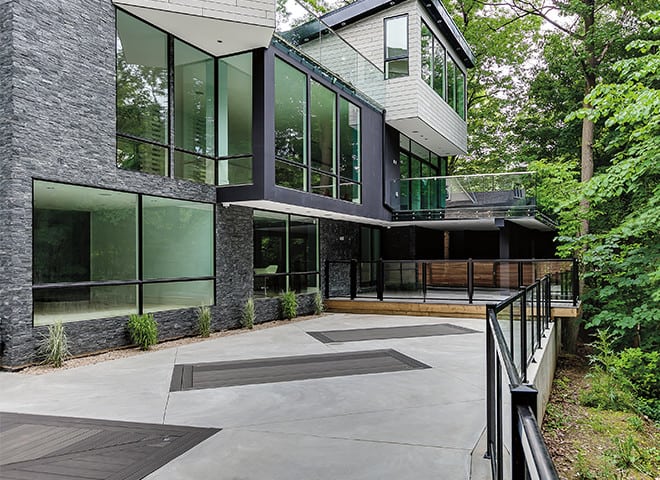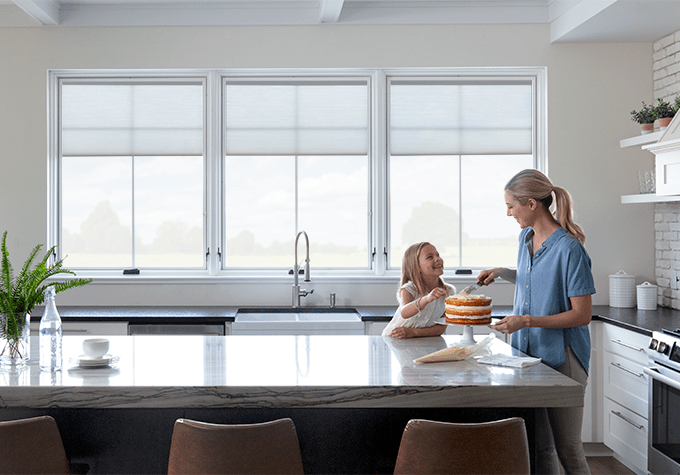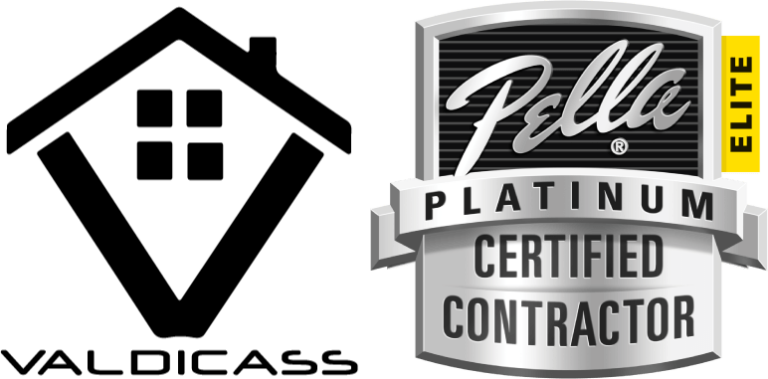Very soon, the hot days of summer will be upon us.
A Little Shade Can Go a Long Way. We Build Trust And Peace Of Mind.
Very soon, the hot days of summer will be upon us. If you’re looking for ways to reduce your summer energy bills, consider investing in a home improvement that will keep your home cool, stylish, and comfortable: shade awnings. According to the U.S. Department of Energy, window awnings can reduce solar heat gain in the summer by up to 65% on south-facing windows and 77% on west-facing windows. You can use awnings to shade individual windows, or you can order an awning custom-made to shade the entire side of your house. If you don’t want an awning all year round, you can request models that retract or roll up when you don’t need them.
Creative
We don’t settle for less than the best when choosing our installers. We invest in skilled and experienced installers who are committed to their craft. Whether it is your home or business, our team will make your investment more valuable.
Why You Should Choose Us
We don’t settle for less than the best when choosing our installers. We invest in skilled and experienced installers who are committed to their craft. Whether it is your home or business, our team will make your investment more valuable.
Professional
You’ll rest easy knowing your project will be led by a Professional crew — a skilled window and door professional who is certified annually by our exclusive installation methods. They lead a team of friendly local installers who go out of their way to help ensure your installation day is hassle-free.
Types of Awnings
A small, horizontal awning will completely shade a south-facing window during the summer. An east- or west-facing window needs an awning that extends down to cover a larger part of the window. Sideless awnings, called Venetian awnings, can be adjusted as the angle of the sun changes. Venetian awnings, however, are usually not effective at blocking direct sunlight on south-facing windows. Hood awnings are more effective because they come with sides that block out additional sun. Hip awnings project out and down to accommodate casement windows that open outward.
Fabric Choices
In the past, most awnings were made of metal or canvas, which required re-covering every five to seven years. Exposure to sun, wind, and water wore them out over time. Today, awnings are made from synthetic fabrics, such as acrylic and polyvinyl laminates, that are water-repellent and treated to resist mildew and fading. No matter which fabric you choose, you should select one that is opaque and tightly woven. Also, opt for a light-colored awning that reflects sunlight instead of absorbing it.
Adequate Ventilation
Awnings require ventilation to keep hot air from becoming trapped around the window. Grommets or other openings along the tops and sides of an awning can provide ventilation. The awning may also open to the sides or top to vent hot air. Want more information about adding shade awnings to your home? Give us a call. We’ll provide guidance on which model and fabrics to choose.
Request a free quote today.
You can call us at (708) 255-5231.

